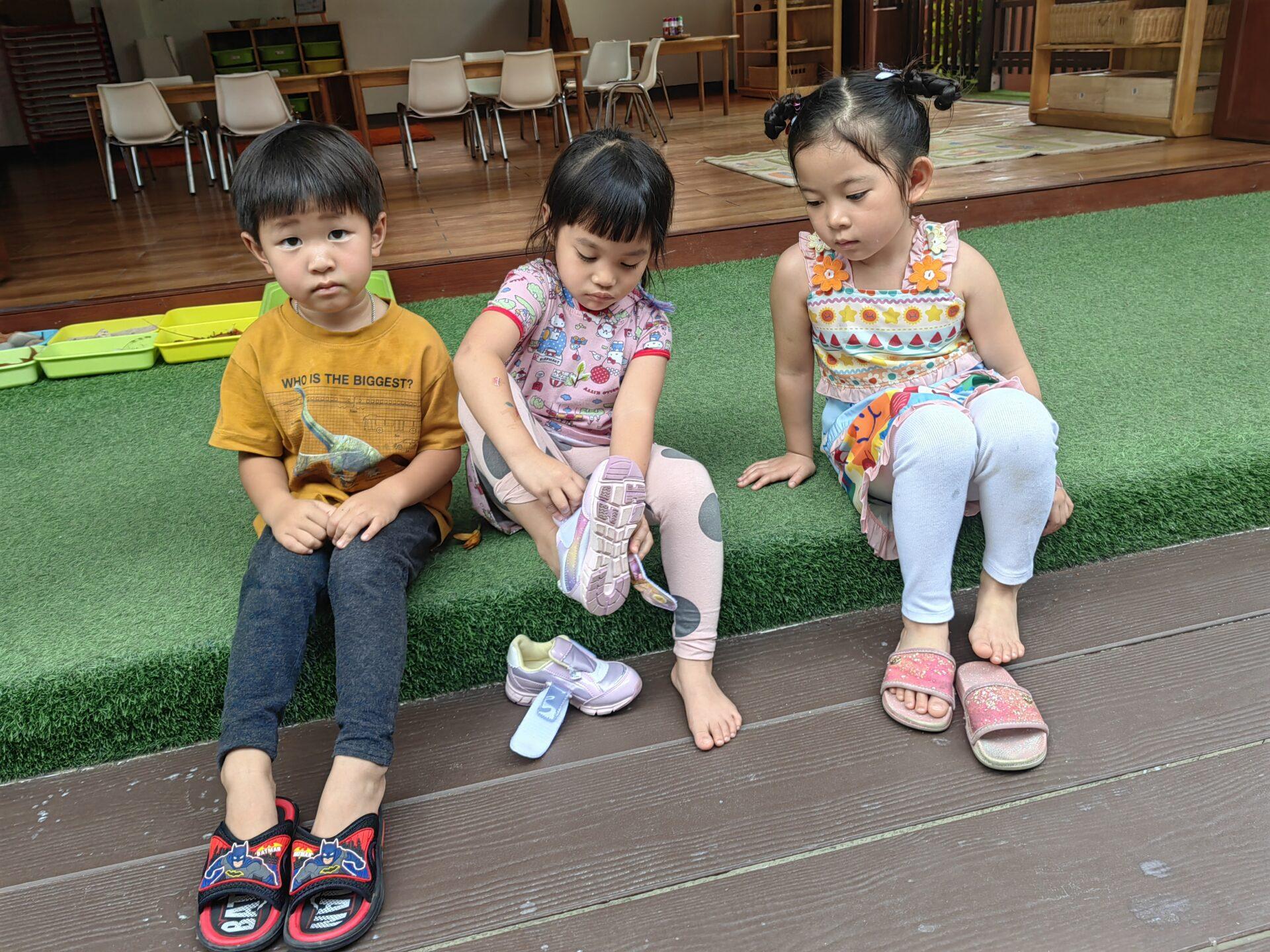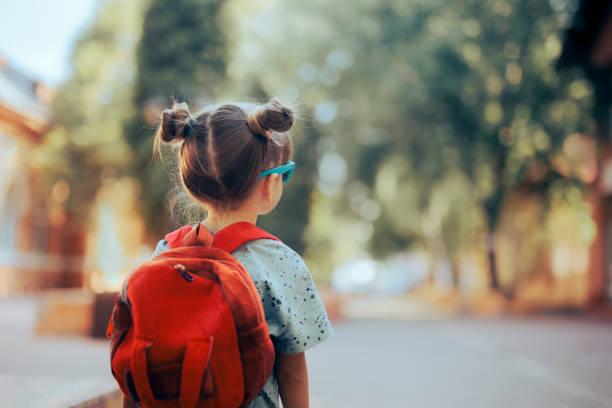Fostering Independence: Why It Matters In Early Childhood?
By Teacher ChantalOne of the most powerful gifts we can offer young children is the opportunity tobecome independent learners and thinkers. In early childhood education, fosteringindependence is not simply about teaching children to do things on their own, it isabout laying the foundation for lifelong skills such as confidence, decision-making,resilience and self-regulation.Independence in early childhood is built through routine tasks such as tyingshoelaces, pouring water, making choices or problem solving with other children.What may seem like small tasks are in fact powerful learning experiences for youngchildren. When children are given the chance to try, make mistakes and try again,they begin to understand their own capabilities. Through this, children gain self-confidence and a natural curiosity that supports lifelong learning.Children who are provided with the opportunity to make choices and takeresponsibility for their actions learn accountability and decision-making from a youngage. This independence fosters a sense of ownership over their learning andbehavior, making them more engaged and responsible students in the classroomand beyond.Encouraging independence also supports emotional development. When childrennavigate challenges on their own, they develop resilience and adaptability which aretraits that are essential in our ever-changing world.As teachers, our role is to create environments that empower children to takeinitiative while offering the right balance of support and challenge. This includesproviding clear routines, accessible materials and opportunities for choice. It alsomeans stepping back when appropriate, allowing children to solve problemsindependently before offering assistance.Fostering independence isn’t about children growing up too quickly. It is aboutmeeting them where they are and providing them with opportunities to discover whatthey can do. When we provide space for children to try, make mistakes and tryagain, we help them see their own strengths which builds confidence, nurturesimportant life skills, and prepares them not only for school, but for life beyond it.












